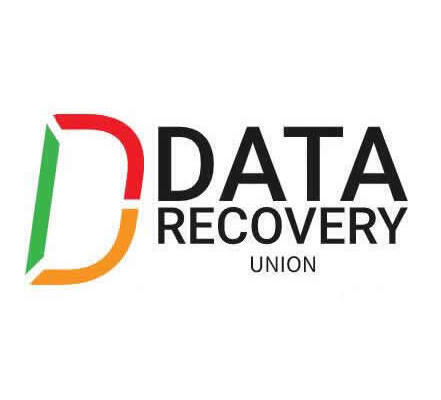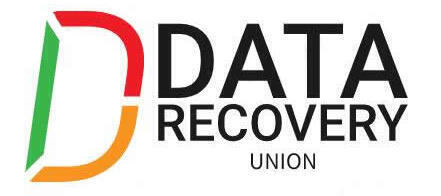Scanning
The most common practice of encoding real images into digital form Accomplished by use of a scanner which passes an image sensor across the original
Screen grabs
Common term for the capturing screen rasterization images and video stills to digital files. Can be preformed with software or hardware, but quality may vary between method used.
SCSI
Small Computer System Interface. The abbreviation is pronounced “scuzzy.” A connection that allows high-speed information transfer between the computer and any external devices at speeds in the range of 4 to 5 megabytes per second. This specification also allows multiple devices to be connected via addresses to a single port (receptacle).
SCSI-II
A specification developed to provide greater speed and performance. An SCSI-II connection provides transfer rates ranging from 10 to 40 megabytes per second.
Selection
The term for indicating the desired area to be effected by editing.
Sharpen
To increase contrast along object edges to improve image appearance.
SIMM
Single In-line Memory Module. A small narrow circuit board containing Random Access Memory Chips (the electronic devices that store data while your computer works with it). SIMMs plug into special slots inside the computer to give the computer extra memory.
Special effects
Digital image manipulation techniques for enhancing quality or creating unusual appearances. Can also be used to remove undesirable image attributes.
Spray
To paint with a diffused edge to simulate “air-brush” feathering
Storyboard
A method of planning the content of a presentation by drawing sketches of each screen with notes about what happens in that scene.
Substitution
the process of replacing colors in a image with colors or patterns on the pallet for the image. this is implemented during color format conversion and pallet correction
SyQuest
A manufacturer of SCSI removable cartridge hard drives. This drive specification has been widely used in pre-press and publishing situations.


 During the past years, the new, advanced technology of SMART has been introduced in the hard disk drives. The SMART stands for “Self Monitoring Analysis and Reporting Technology”. There are many benefits of the SMART technology. With the help of the SMART technology, the user is given a warning about the hard disk drive incase of imminent failure. In this way the user can change the hard disk drive before its failure.
During the past years, the new, advanced technology of SMART has been introduced in the hard disk drives. The SMART stands for “Self Monitoring Analysis and Reporting Technology”. There are many benefits of the SMART technology. With the help of the SMART technology, the user is given a warning about the hard disk drive incase of imminent failure. In this way the user can change the hard disk drive before its failure. Macintosh is considered to be most important and complicated operating system developed by Apple Inc. This is one of the modern operating systems facilitating its users with all the advanced features.
Macintosh is considered to be most important and complicated operating system developed by Apple Inc. This is one of the modern operating systems facilitating its users with all the advanced features.